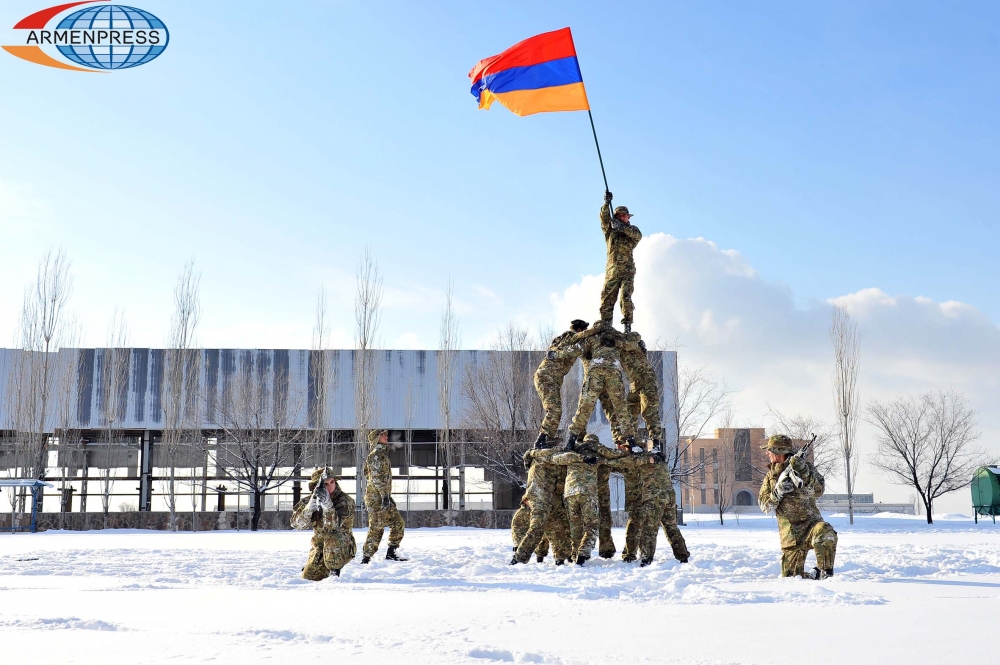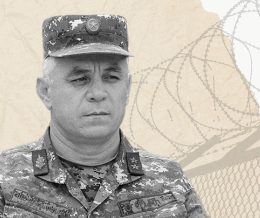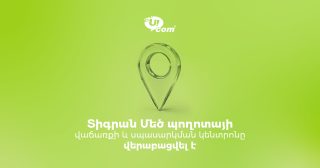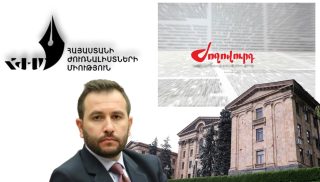
January 28 marks 27th anniversary of Armenian Armed Forces establishment

The Republic of Armenia and Armenians around the world celebrate the 27th anniversary of the Armenian Armed Forces’ establishment on January 28.
The formation of the Armenian Army coincides with 1992-1994, when the newly independent Republic of Armenia, along with the Nagorno Karabakh Republic, being in undeclared but de facto war with Azerbaijan, at the same time embarked on the creation of a national army. Declaration of Independence of 1990, however, played a decisive role in the creation of the Armenian Army which declared Armenia’s independence and opened new legal and practical perspectives for the creation of national army.
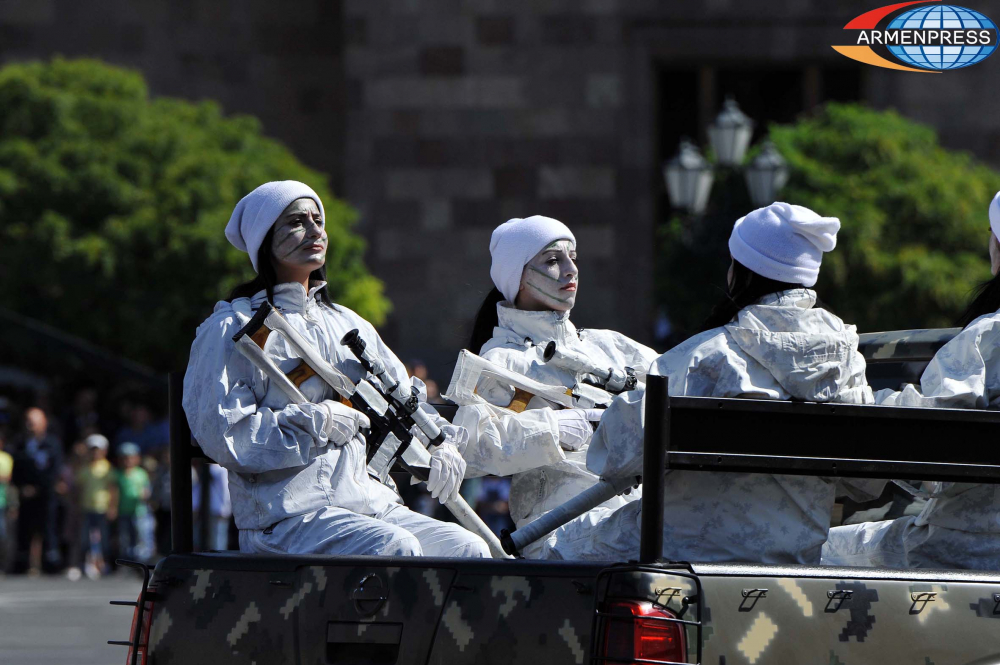
On January 28, 1992, the Government adopted the “On the Defense Ministry of Armenia” historic decision, heralding the formation of the Armenian Army. In May of 1992, the ministry held the first drafting, laying the foundation for the stable tradition of drafting conscription servicemen to the Army.
The establishment of the Armenian Army has gone through several stages. The first stage lasted from February 1988 to May 1992. In this period, ensuring the safety and security of the populations of Armenia and Nagorno Karabakh was more than urgent, as the Karabakh Movement activated and the Armenian-Azerbaijani relations underwent extreme escalation.
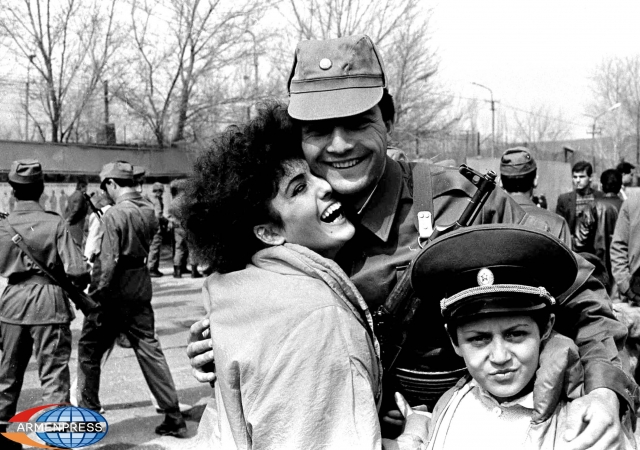
The second stage, June 1992 – May 1994, when the Republic of Armenia and the Republic of Nagorno Karabakh were in the crosshairs of the Azerbaijani aggression.
The third stage began since June 1994 and continues to present day. During this period, significant works were carried out in the direction of improving the battle-worthiness of the troops, strengthening discipline, training of officers, Army-public relations etc.

In September of 1990, the special regiment of Yerevan was formed, while five companies were established in Ararat, Goris, Vardenis, Ijevan and Meghri. In 1991, the Government approved the formation of the State Committee of Defense.
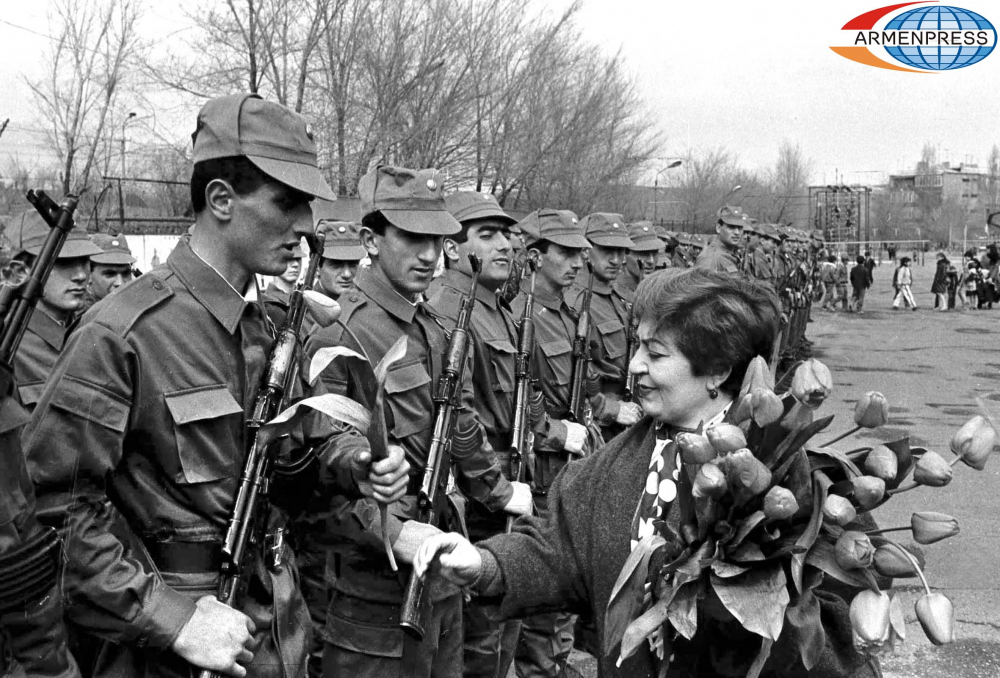
Men aged 18-27 are subject to compulsory military service in Armenia for a two year period. Drafting is carried out twice a year – in winters and summers. In 2017 the Defense Ministry introduced “I am”, “I have honor” and “Outlook” programs. Since its establishment, the Armenian Armed Forces have collaborated and continue collaborating with international structures.
On May 15, 1992, Armenia became a member of the Collective Security Treaty Organization (CSTO).
Military cooperation with Russia has a great role in the international cooperation field of the Armenian Armed Forces. Russia is Armenia’s strategic partner and the defense cooperation between the states is on a high level.

Cooperation with NATO is also expanding year by year.
The Armenian Armed Forces greatly focus on training and educating highly skilled personnel. With this purpose, the Military aviation college was formed, which later transformed into the Military-Aviation institute, the Defense Ministry’s Command College was established – currently the Vazgen Sargsyan Military Institute, and the military-medical faculty of the Yerevan State Medical University.
Graduates of the abovementioned institutions have continued trainings in foreign educational facilities. Namely, more than 1500 officers and cadets have trained and continue training in Russia and Greece.
Armenian peacekeepers have a significant role in the history of the Armenian Armed Forces. Due to the peacekeepers, various countries around the world saw and appreciated the highly skilled and professional Armenian soldiers.
The Armenian Army has collaborated in several international missions with the West. On February 12, 2004, Armenia deployed a platoon-sized unit (three squads) to Kosovo as a part of the Greek peacekeeping battalion. The unit, known as the Peacekeeping Forces of Armenia, is headquartered in Camp “REGAS FEREOS” as a part of the Multi-National Task Force East and is tasked with maintaining vehicle check points, providing security for the base but also serves as a quick reaction force and crowd and riot control. In 2008, the KFOR unit was expanded, adding a second platoon plus company staff (bringing Armenia’s contingent to about 85 personnel).

In the autumn of 2004, the Armenian government approved the dispatch of a 46-man contingent from the army consisting of sappers, engineers and doctors under Polish command as part of the Multinational Force in Iraq. On October 6, 2008, due to improving security conditions, the contingent’s tour of duty came to an end.
In 2010 Armenian peacekeeping servicemen arrived in Afghanistan in, where, under German command, they are tasked to defend the regional airport in Kunduz. There are currently 126 servicemen in Afghanistan.
In conjunction with its strategic allies, Armenia has sent over 1,500 officers to be trained in Greece and Russia. The Armenian Ministry of Defense also established in 2004 a joint partnership with the Kansas National Guard in order to exchange knowledge and facilitate cooperation in national security and civilian affairs. It also signed a military cooperation plan with Lebanon on November 27, 2015.
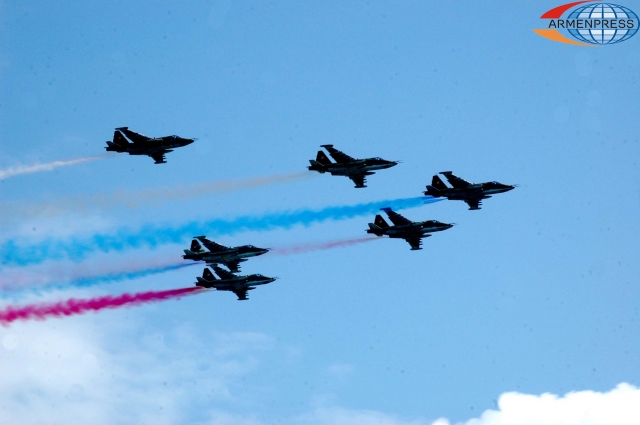
Since November 26, 2014, Armenian peacekeepers are deployed in Lebanon, within the Italian contingent.
In 2015, one peacekeeper was dispatched to Mali on a monitoring-peacekeeping mission.
The Armenian Army is also the guarantor of security in the region. Enforced peace – this is a statement which in the recent period has started to be used more frequently due to frequent ceasefire violations. In favor of the option to settle the problems through a dialogue, the Armenian Armed Forces also announce that if it is impossible to enforce peace through political means, they are ready for any scenario.
